
Single parents--especially single moms--aren't always getting enough sleep, according to a recent report from the Centers for Disease Control and Prevention (CDC).
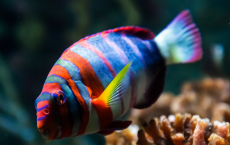
Researchers use a new technique that is allowing them to understand how fish "see."
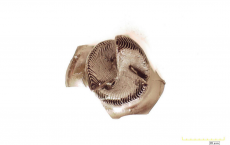
Researchers have created a new technique that can create strong and flawless 3-D printed ceramic materials that can endure temperatures up to 400 degrees Celsius.

A study from Newcastle University has confirmed that praying mantises can utilize 3-D vision.
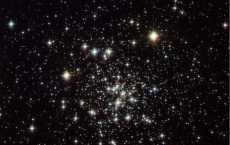
The Hubble Space Telescope has spotted an ancient globular cluster 22,000 light-years away in the constellation of Serpens (The Serpent).
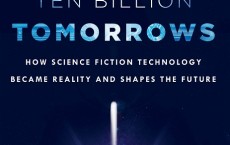
Science fiction influences science, and that's exactly what author Brian Clegg shows in his new book, Ten Billion Tomorrows.
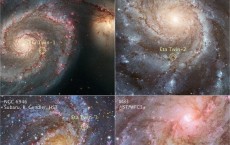
Eta Carinae is best known for an enormous eruptions seen in the mid-19th century. Now, scientists have found five similar objects in other galaxies for the first time.
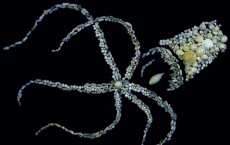
Scientists have found that during the last ice age, the melting of a massive ice "lid" in the Antarctic released a massive amount of carbon dioxide that had been trapped in the ocean.

Could you see a black hole with your naked eye? All you need is a 20 cm telescope in order to see a nearby, active black hole, according to researchers.

It may be the age of the "Frankenplant." Scientists have created a super strain of plant that produces both eggplants and potatoes in the same pot.
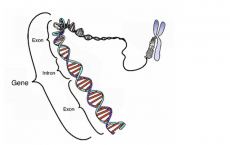
A new study found that a set of new genes born by accident may have led to an evolutionary innovation. This 'accident' led to the creation of novel genes, which developed during the course of evolution.
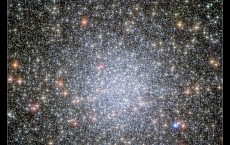
Globular star clusters can hold a million stars in a ball that's only about 100 light-years across on average. Now, though, scientists have found that these clusters may be good places to look for space-faring civilizations.